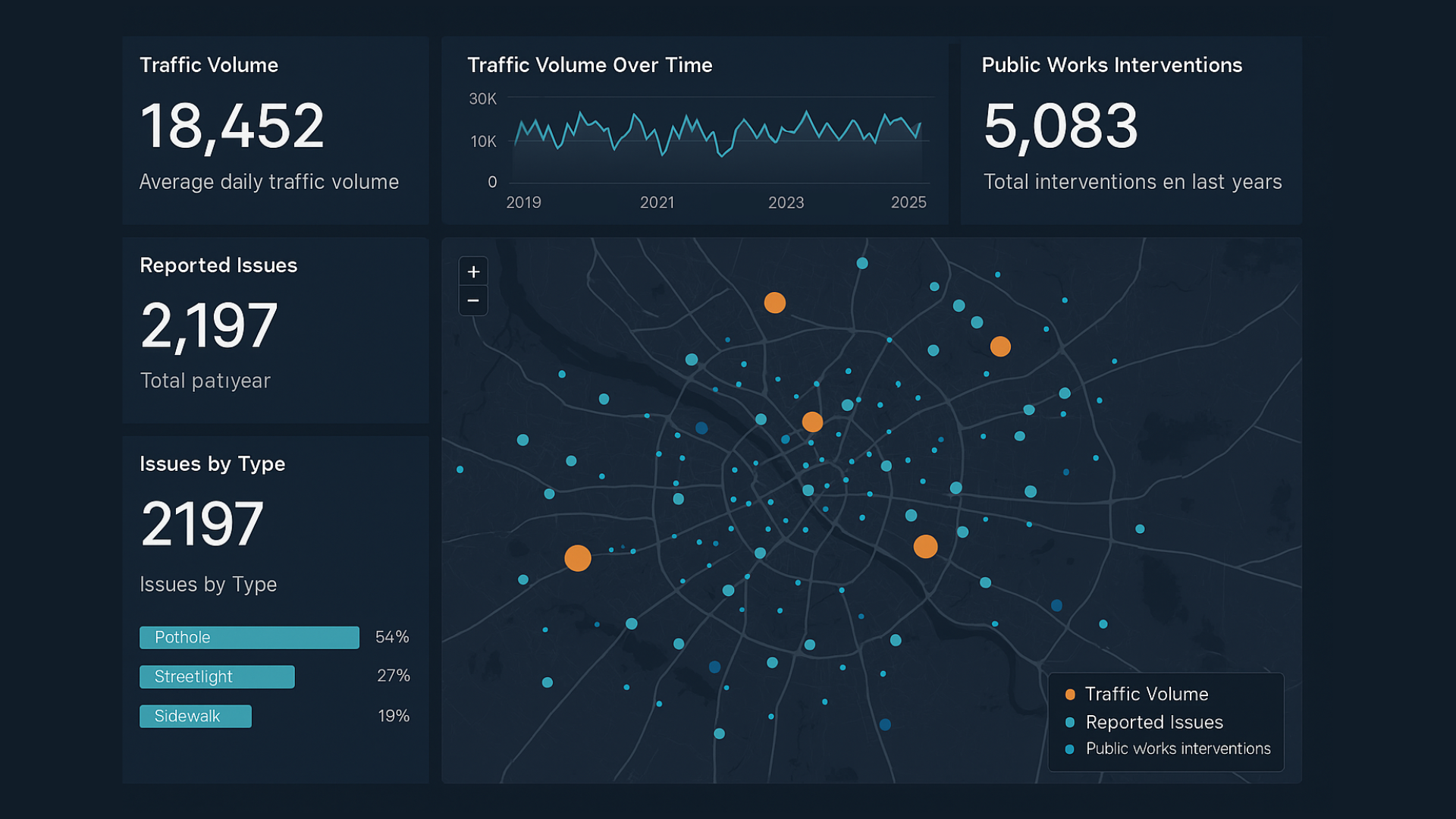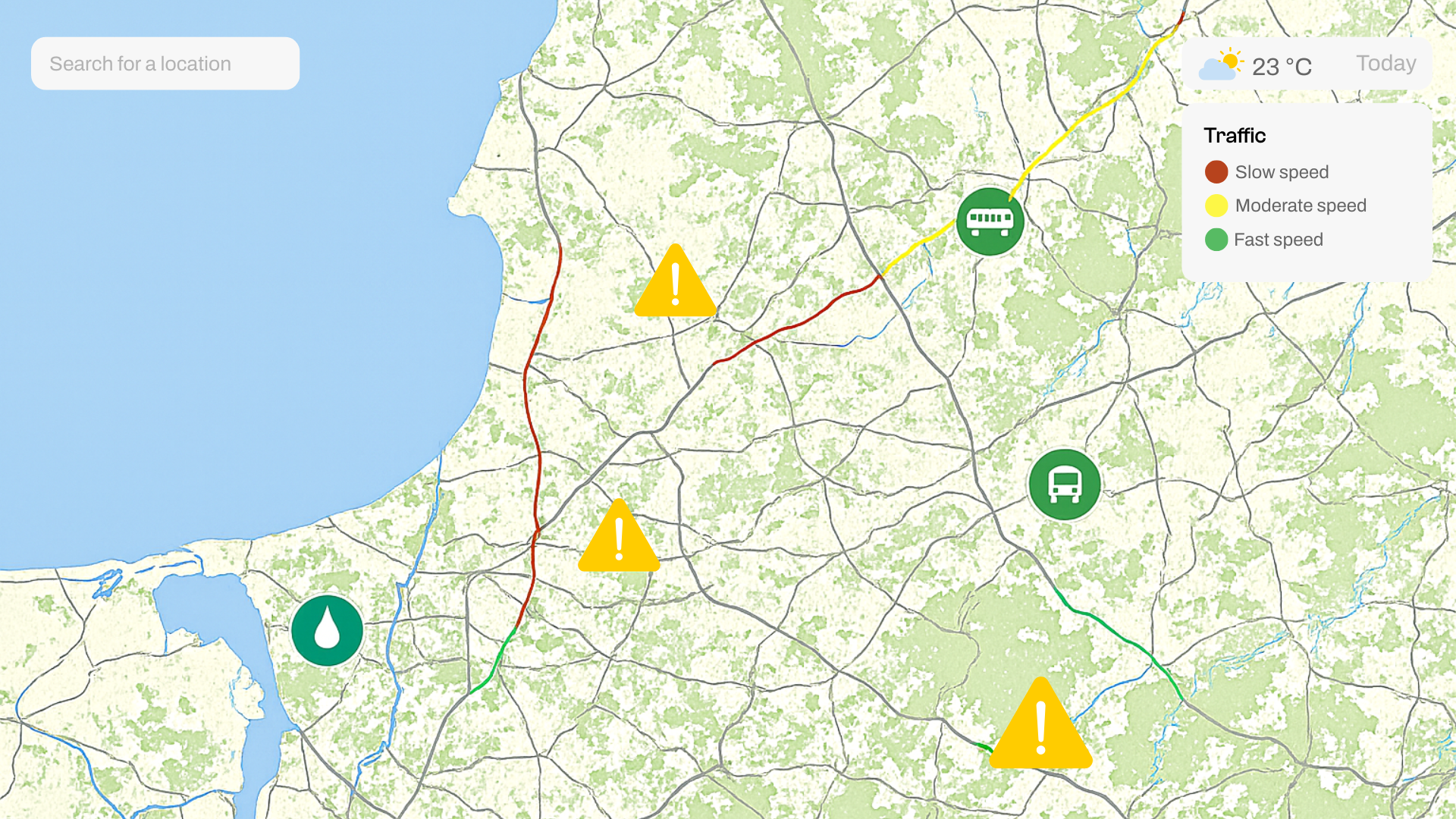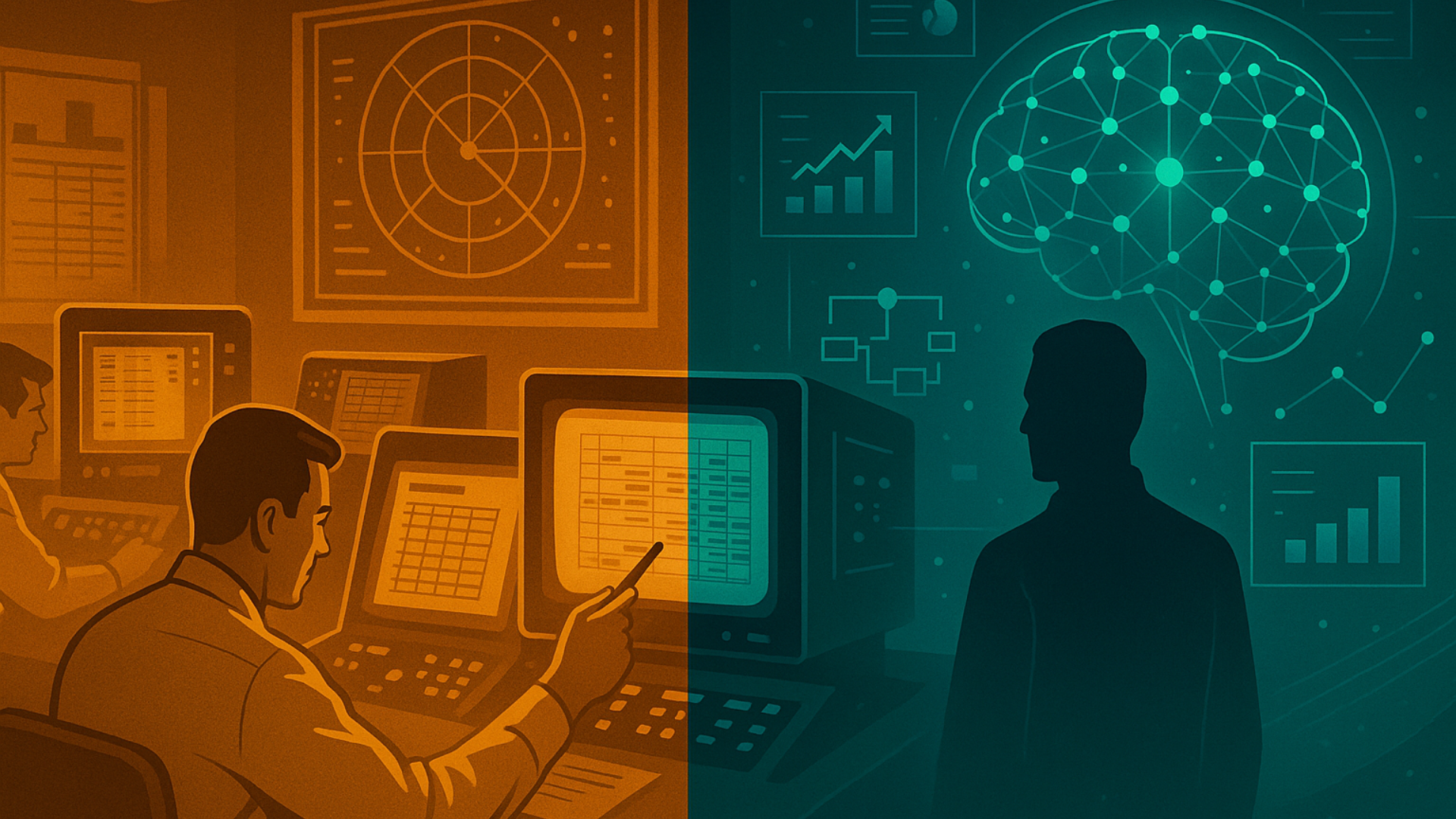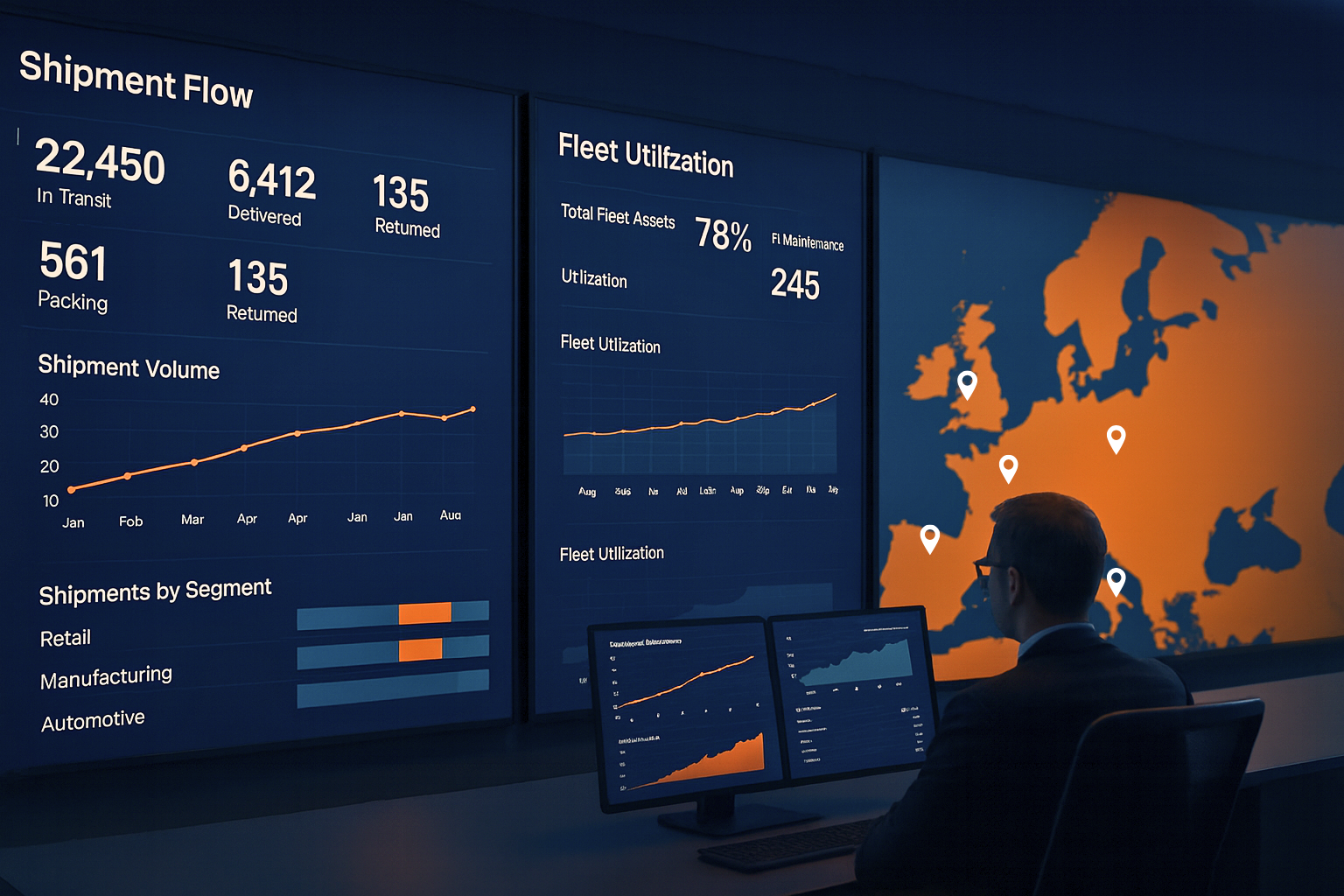
The world’s largest cities lead the way in deploying “smart city” and “digital city” solutions, and the expansion of Business Intelligence (BI) is integral to their digital transformation. London is a classic example of a closely monitored city — its CCTV network, nearly a million cameras strong (roughly one camera per ten residents), is a model for modern systems managing city traffic, safety, and data analysis. Smart CCTV in London even uses AI to detect threats and automatically recognize incidents in real time, supporting not just city services, but also other urban management systems — like air quality monitoring and traffic management.
Chinese cities such as Hangzhou, Shenzhen, and Beijing take monitoring even further, integrating facial recognition, big data analytics, and intelligent traffic control (like smart traffic lights, automated license plate recognition, and anomaly detection). These cities use “city brain” platforms that aggregate data from multiple sources in real-time to automate management on a massive scale, but this also sparks major debates about privacy and ethics.
Table of Contents
What Is Business Intelligence?
Business Intelligence, or BI, is an integrated system for data analysis that transforms information from multiple sources into structured insights that support decisions. This means data from ERP systems (budget and finance), CRM (resident services), land and building registries, or IoT sensors (pollution levels, water usage) can be collected, cleaned, and presented through intuitive dashboards, interactive maps, and real-time alerts. BI is a system built for mayors, department heads, and finance officers alike, and honestly, anyone who needs accurate information to act effectively.
Many officials and staff manage their own sets of data within separate departments. But without tools that connect those sources, it isn’t easy to get a complete picture of what’s happening across the city. Inconsistent formats, delayed reporting, and the manual effort needed to create cross-cutting analyses slow down decisions and planning. BI helps unify this landscape, enabling teams to share up-to-date data in real time on a common platform.

A Sample City Planning Dashboard: Traffic, Infrastructure Issues, and Service Interventions
BI supports nearly every area of modern urban governance.
- In transportation, it helps analyze traffic patterns and plan bus or tram routes.
- In environmental protection, it enables real-time monitoring of air quality, noise, and water use.
- In waste management, it allows cities to optimize collection schedules using smart sensors.
- In finance and taxation, BI supports analysis of tax collection efficiency, budget planning, and comparisons with other municipalities.
Crucially, BI increases transparency — when data is published in a clear and accessible form, residents gain a better understanding of how their city operates.
A Real Case from Poland
Gdynia is a well-documented example of a medium-sized city in Poland that’s successfully implemented “digital city” principles and BI for managing city infrastructure. The key projects include:
TRISTAR System
This system monitors car traffic, automatically controls traffic lights, and optimizes public transport routes throughout the Tri-City area (Gdańsk, Sopot, Gdynia). Data is collected from detectors and cameras, as well as GPS devices in buses and trolleybuses. The system enables:
- Dynamic adjustments of green light durations
- Real-time information about traffic jams sent to mobile apps and stop displays
- Planning and predicting public transport travel times
- Automatic alerts for emergency or unusual incidents

Conceptual example showing how traffic data and road conditions might be presented in a modern traffic platform
Benefits of BI for Local Government
Implementing BI is a shift in how decisions are made: it allows faster, more confident, and better-informed responses. When updated data is available, cities can react in near real time — whether to storms, traffic disruptions, or resident feedback. BI enables cost optimization, helps identify areas of inefficiency, and improves how public funds are allocated. Transparent data builds public trust. And predictive analytics opens the door to smarter long-term planning based on real patterns and projections.
What’s equally important is the cultural change BI introduces. When data becomes a shared language across departments, collaboration improves, silos weaken, and daily operations become less reactive and more strategic. BI gives cities not just better tools — but a clearer sense of direction, based on what’s actually happening, not assumptions.
What’s Next? The Future of BI in Cities
BI is becoming an essential part of how cities adapt and evolve. The tools are getting smarter, faster, and more connected — and local governments are using them to do more with the information they already have.
Predictive analytics help anticipate energy needs, prepare for traffic surges during events, and spot early signs of infrastructure problems. AI supports real-time alerts and smarter resource planning. Digital twins (virtual models of the city) allow planners to test strategies before they’re implemented.
The momentum is growing because BI is useful and accessible. Cities of all sizes are exploring ways to improve decisions with data they already collect every day: in utilities, schools, transport, and service requests.
You don’t need a major overhaul to start. One project — like monitoring energy use in public buildings or analyzing response times for maintenance — can be enough to show value and build internal support. Over time, these small efforts lead to wider coordination, clearer insights, and stronger strategic planning.
BI helps connect what cities already know — across teams, systems, and priorities — so that every decision is more grounded, timely, and shared. And the sooner that starts, the sooner data becomes a tool for action rather than an untapped resource.



